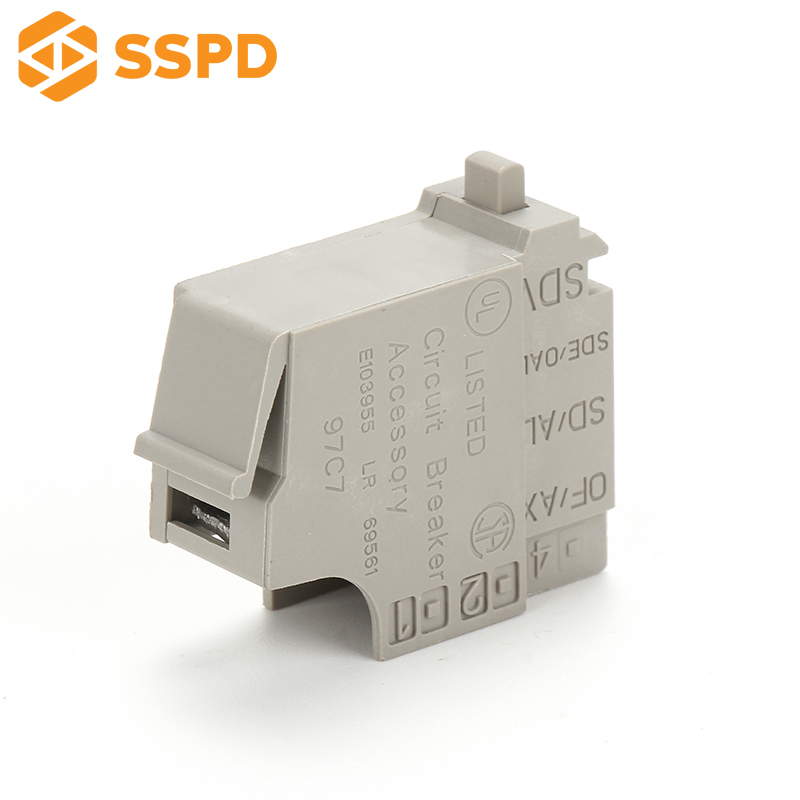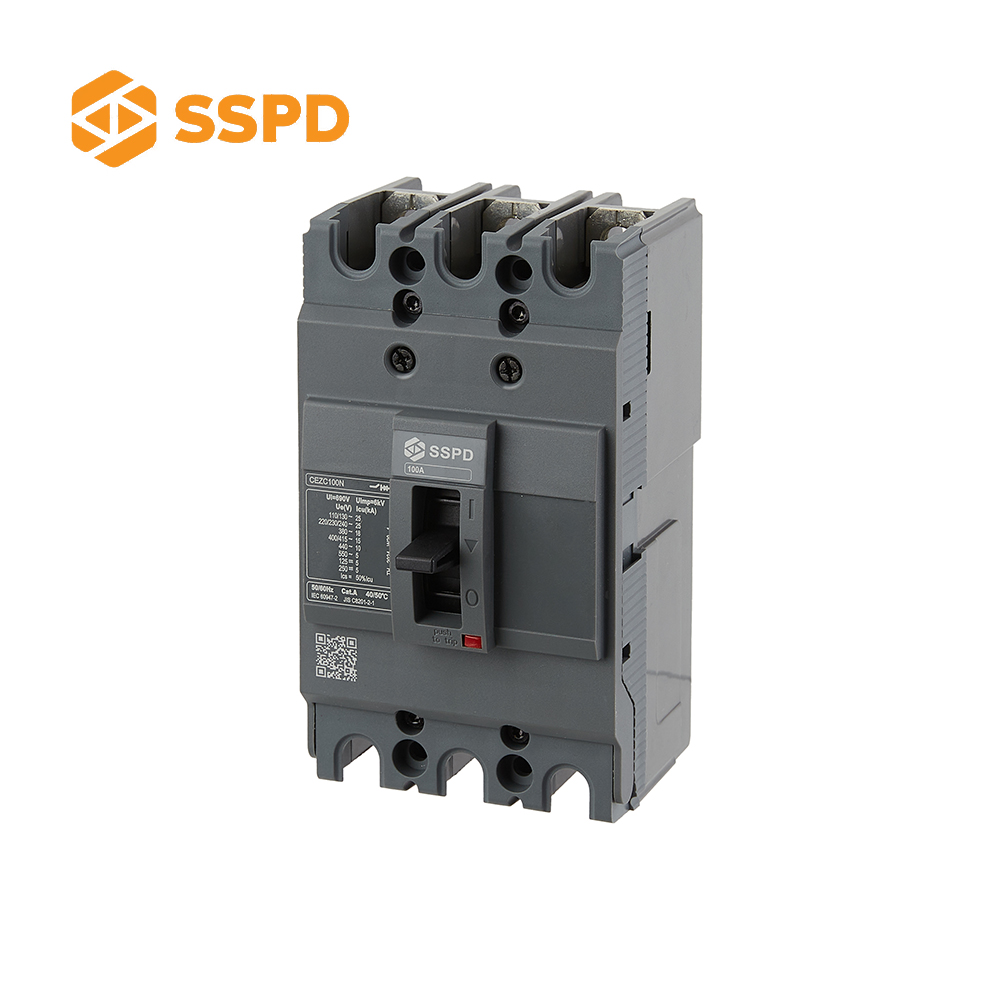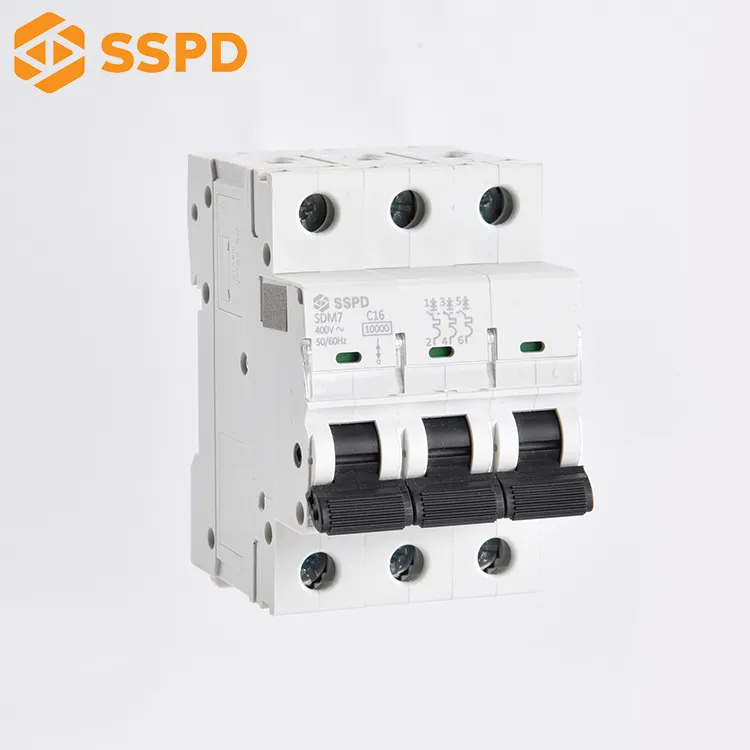ACB (Air Circuit Breaker), as a vital protection and control device in power systems, plays an indispensable role. In the fields of industry, commerce, and infrastructure, ACBs have become key components ensuring power safety and reliability due to their excellent performance and wide range of applications. Below is an in-depth analysis of their functions, working principles, and practical applications.

I. Main Functions of ACB Air Circuit Breakers
ACB air circuit breakers offer multiple protective functions, including overload protection, short-circuit protection, and leakage protection.
- Overload Protection: When the current in a circuit exceeds the rated value, the circuit breaker will promptly cut off the circuit to prevent equipment damage due to prolonged overload operation. This function is crucial for protecting key equipment such as motors and transformers.
- Short-Circuit Protection: In response to short-circuit phenomena in circuits, ACBs can quickly cut off fault currents, effectively preventing fires and electric shock accidents caused by short circuits. Short-circuit protection is one of the core functions of ACBs and is significant for ensuring the safety of personnel and equipment.
- Leakage Protection: ACBs also have leakage protection functions, capable of detecting leakage currents in electrical facilities and cutting off the power supply when the leakage current exceeds the set value to prevent electric shock accidents.
II. Working Principles of ACB Air Circuit Breakers
The working principles of ACB air circuit breakers are based on their internal core components, including contacts, operating mechanisms, and protective devices.
- Contacts: Contacts are the key components of ACBs, used to connect and disconnect circuits. When current flows through the circuit breaker, the contacts remain connected; when an abnormal current is detected, the operating mechanism pushes the contacts apart to cut off the circuit.
- Operating Mechanism: The operating mechanism is the power source of ACBs, controlling the opening and closing of the contacts. It usually consists of components such as electromagnets and springs, capable of rapidly actuating to push the contacts apart upon receiving an abnormal signal.
- Protective Devices: Protective devices are used to monitor current conditions in real-time and provide alarm and cutoff functions when abnormalities are detected. They typically include current transformers, trip units, and other components, capable of accurately detecting current changes and cutting off the circuit when necessary.
ACBs use air as an insulating medium, allowing them to operate stably in high-voltage environments. Additionally, ACBs have high breaking capacities and short breaking times, enabling them to quickly cut off fault currents within a short period to protect equipment and personnel safety.

III. Practical Applications of ACB Air Circuit Breakers
ACB air circuit breakers have a wide range of applications in distribution systems, substations, and large industrial equipment.
- Distribution Systems: In distribution systems, ACBs serve as main or branch switches to control circuit on/off and ensure circuit safety. They can automatically switch based on load conditions to ensure the safe operation of equipment.
- Substations: In substations, ACBs are crucial protection devices used to cut off fault currents and prevent fault propagation. They also offer remote monitoring and control functions, enhancing the intelligence of substations.
- Large Industrial Equipment: In large industrial equipment, ACBs serve as protective switches, automatically adjusting currents based on equipment load conditions to ensure stable operation. They also provide multiple protective functions such as overload, short-circuit, and leakage protection to ensure the safe operation of equipment.

IV. Purchasing and Maintenance Recommendations
When purchasing ACB air circuit breakers, consider parameters such as rated current, operating voltage, and installation methods to ensure they meet actual usage requirements. Additionally, pay attention to product quality and performance, choosing well-known brands and high-quality products.
In terms of maintenance, regularly inspect and test ACBs to ensure their normal operation. Pay attention to cleaning and maintenance work to avoid damage to the equipment caused by environmental factors such as dust and moisture. For discovered issues and faults, promptly address and repair them to avoid power accidents caused by equipment failures.
In summary, ACB air circuit breakers play a crucial role in power systems. Understanding their functions, working principles, and practical applications is significant for ensuring the safety and reliability of power systems.






